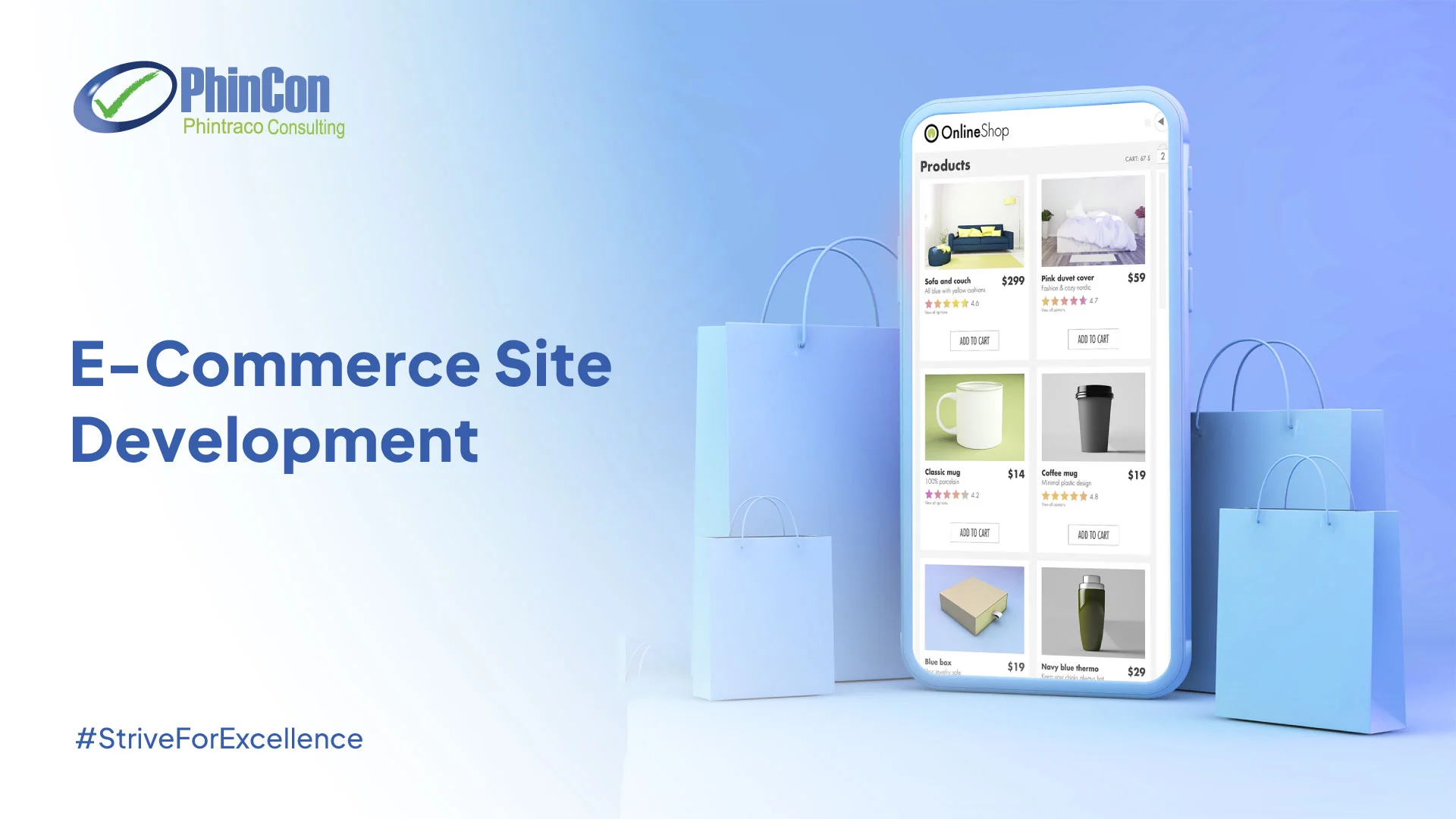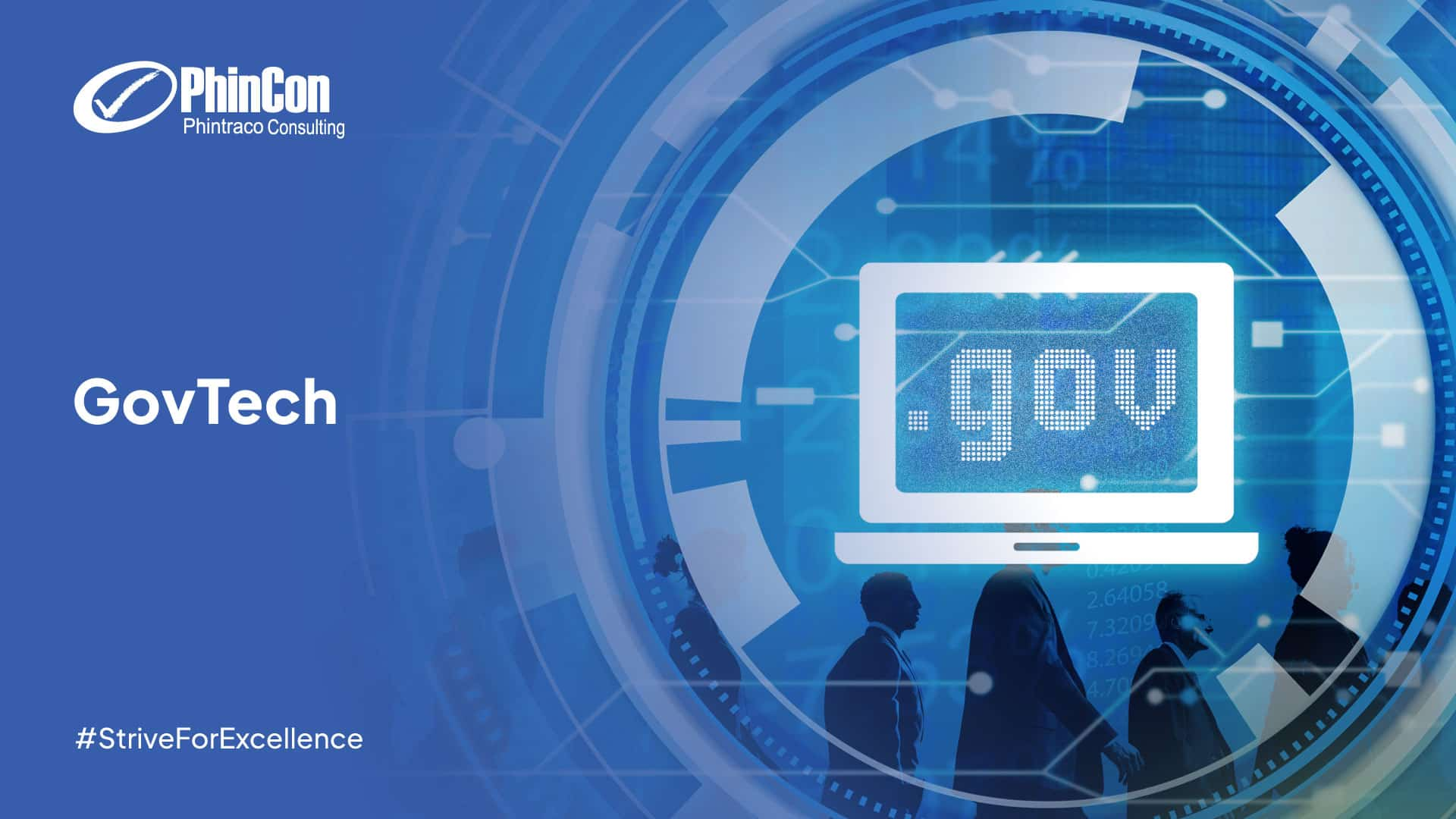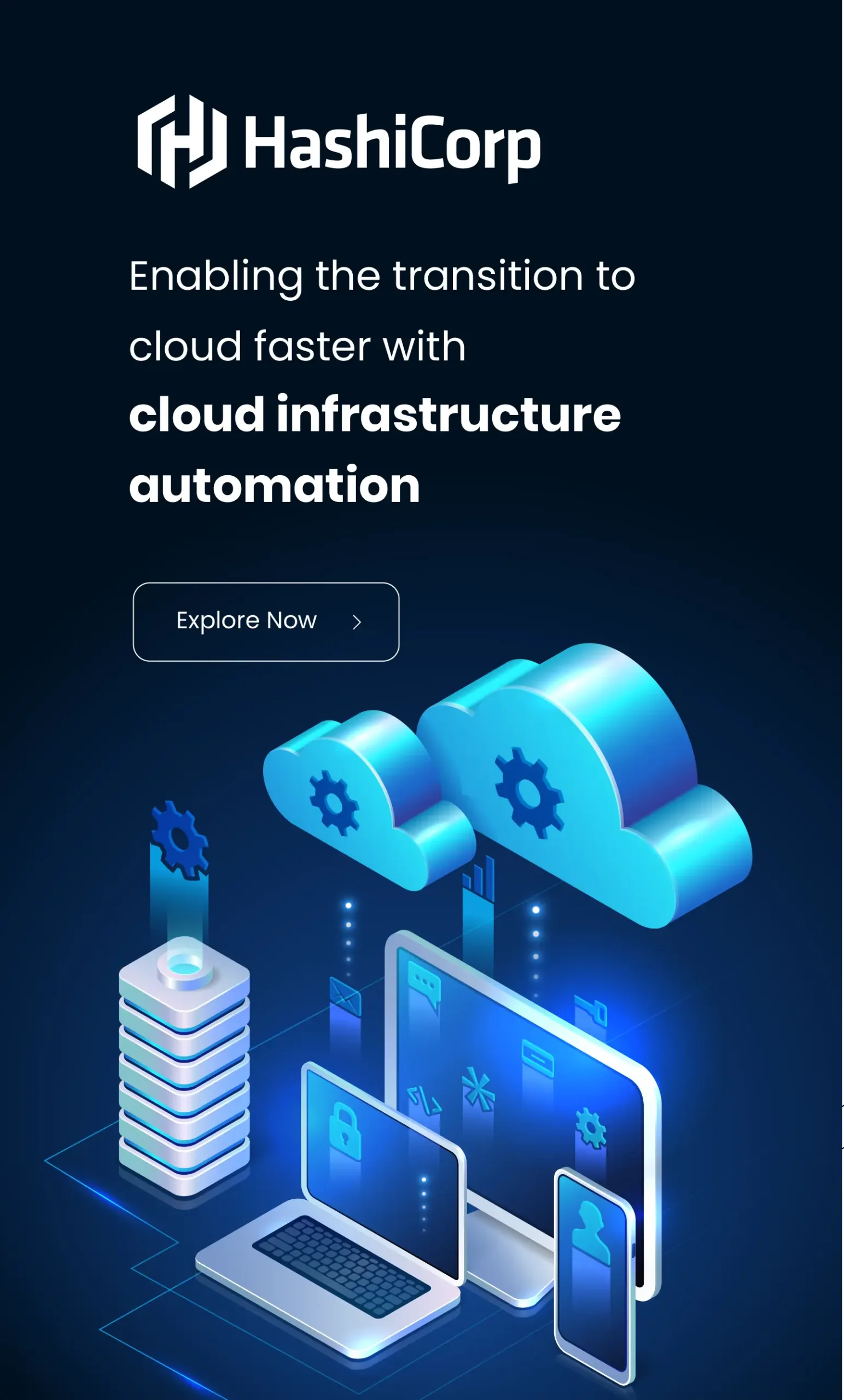Blog and News

Ecommerce Site Development Explained: A Guide for Businesses
Whether you have just started your business journey or transitioning from a traditional offline store, starting an ecommerce site development presents new opportunities for your business. A professional ecommerce website helps your business to reach a wider audience, increase sales, and support long-term growth. With more customers turning to online shopping for convenience and variety, having a well-designed ecommerce site becomes more important than ever. This article will explore in depth what ecommerce website development is, key features needed in the website, development stages, and options in developing an ecommerce website.
What is Ecommerce Site Development?
Ecommerce site development is the process of creating an online platform that enables businesses to sell products or services over the internet. This process involves both the front-end (what customers see and interact with) and the back-end (the server-side operations that manage data, orders, and integrations with other systems). Having a well-developed ecommerce website is crucial to attract customers globally, streamlining sales, and building brand presence in the digital marketplace.
What are the Requirements for an Ecommerce Website?
Before building an ecommerce platform, understanding key e-commerce website requirements is essential. These elements ensure your site runs smoothly, attracts customers, and supports secure transactions. Here are several key features of an ecommerce website:
Functional Requirements
These are features related to how the ecommerce site operates and interacts with customers:
- Customer Management System (CMS): Manage themes, banners, blogs, and product content on the site easily.
- Mobile-Friendliness: Responsive web design, touch-friendly elements, and mobile menus to ensure usability on smartphones.
- Product Catalog: Organized product listings, categories, and detailed product descriptions.
- Search and Filtering: Robust search functionality with filtering and sorting options.
- Shopping Cart: Add, view, update, and save items for later purchases.
- Checkout Process: Guest checkout options, multiple shipping options, secure payment processing, and order review.
- Order Management and Tracking: Track orders, view transaction history, and handle cancellations and returns.
- Inventory Management: Real-time stock levels, low stock alerts, and inventory tracking.
- Product Reviews and Tracking: Allow customers to submit and view reviews with moderation.
- Promotions and Discounts: Coupon codes, sales, discounts, and loyalty programs.
- User Registration and Authentication: User accounts, multiple login options, login/logout, and password management.
- User Profile Management: Manage profile info, saved addresses, and payment methods.
- Wishlist: Add and view wishlist items.
- Customer Support: Contact forms, live chat, and FAQ sections.
- Email Marketing Tools: Integration with email marketing services.
- Third-party Integrations: Integration with payment gateways, shipping providers, and social media.
- Notifications: Email and SMS notifications.
- Analytics and Reporting: Sales reports, user behavior tracking, and inventory reports.
Non-Functional Requirements
These are the requirements related to the performance, security, and overall quality attributes of the website:
- Performance: Fast loading, scalability to handle high traffic (e.g., 10.000 concurrent users).
- Security: Data encryption, data protection, strong user authentication (multi-factor authentication), compliance with regulatory standards.
- Usability: Intuitive user interface, accessibility, cross-browser compatibility.
- Availability: High uptime with 24/7 availability and fault tolerance.
- Reliability: Error handling and data integrity.
- Maintainability: Modular code and documentation.
- Portability: Platform and browser independence.
- Scalability: Ability to scale horizontally and vertically.
- Interoperability: Integration with third-party services and adherence to API standards.
- Backup and Recovery: Regular data backups and disaster recovery plans.
What are the Stages in the Ecommerce Site Development Process?
Website development for e-commerce involves several stages to ensure a successful launch of the digital storefront:
Conceptualization
The first step is defining the goals you want to achieve with your ecommerce website. This process includes understanding the target market, analyzing competitors, and conducting market research to identify customer needs. For example, you should know how to sell and display the products and how to increase sales and brand recognition.
Prepare the Website Outline
Next is outlining the website structure. This includes planning the site structure, content requirements, navigation, landing pages, and key information that will engage and convert visitors. This outline helps visualize how customers will interact with the website and what content is essential to include.
Information Framework
This stage organizes the website’s content into a clear and accessible structure. It involves categorizing information and designing the flow to help users find products and information easily. This framework reduces development time and ensures a user-friendly experience on the ecommerce site.
Website Designing
This stage develops the site’s visual and interactive elements. This includes graphic design, layout, color schemes, typography, and ensuring the design aligns with the brand and appeals to the target audience. User experience and responsiveness across devices are also key considerations in the web design stage.
Building the Website
This is the technical building phase where the front-end (user interface and client-side scripting) and back-end (database, server-side scripting) development occurs. It includes coding, integrating payment gateways, setting up inventory and order management systems, and ensuring security measures are in place.
Testing and Launching
Before launch, the testing phase is conducted, including functional testing, performance testing, compatibility testing across browsers and devices, and security testing. This phase ensures the site operates smoothly and securely when actual users access it. After the testing, the website is officially launched to customers. This can include a soft launch followed by a full public launch.
What are the Options to Develop an Ecommerce Website?
Here are several options you should consider in developing an ecommerce website:
Open-Source Ecommerce Site Development
Many open-source platforms are available for ecommerce site development. This offers a high degree of control and flexibility for businesses, but it requires technical expertise. Unless you are a programmer or software developer, managing them can be difficult. Despite some user-friendly options, the cost of building and maintaining these platforms can be high depending on your business resources.
Cloud-based Ecommerce Service
Cloud-based platform services like Software-as-a-Service (SaaS) are ideal for quickly launching an e-commerce website, particularly for beginners. They’re typically user-friendly, scalable, and often follow a pay-as-you-go pricing model. While these platforms offer less control, they eliminate the burden of software updates, function testing, hardware maintenance, vulnerability patching, and other complex technical tasks.
Hire a Professional Developer
Another option is hiring professional developers for your ecommerce site development. For example, you can outsource developers with experience in developing similar ecommerce websites. Choosing the right developers is crucial to ensure a seamless shopping experience that drives sales and fosters customer loyalty in your ecommerce website.
Building Your Dream Ecommerce Site? Get Skilled Developers with PhinCon’s IT Outsourcing
Building a high-performing ecommerce site not only requires great ideas but also the right talent. PhinCon Pte Ltd offers trusted IT outsourcing services to help global companies scale their business operations efficiently, especially those expanding to Indonesia or seeking reliable remote IT teams. PhinCon provides a wide network of skilled Indonesian IT professionals, including Android Developer, iOS Developer, Fullstack Developer, Golang Developer, Mobile Developer, Quality Assurance, DevOps, Business Analyst, Solution Architect, Project Manager, and L2 Operation Support, with levels ranging from fresh graduates, juniors, to seniors with more than 4 years of experience.
Beyond IT roles, our BPO services, such as contact centers, further optimize your customer support while keeping operational costs low. From hiring and onboarding to payroll, benefits, and tax compliance, PhinCon handles it all so you can focus on growth and innovation. Whether you’re building from scratch or enhancing your existing e-commerce platform, PhinCon is your gateway to top-tier talent and infrastructure in Indonesia.
For more information regarding our IT outsourcing services, contact us through email marketing@phintraco.com.
Editor: Trie Ayu Feminin & Irnadia Fardila
Popular Posts





